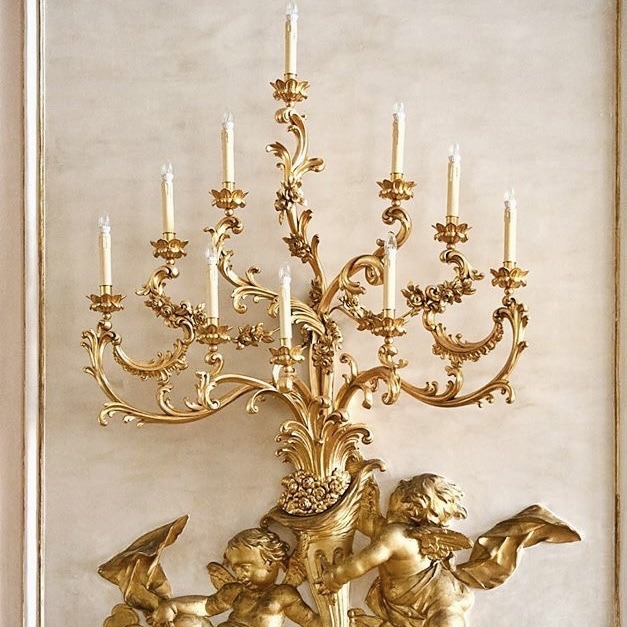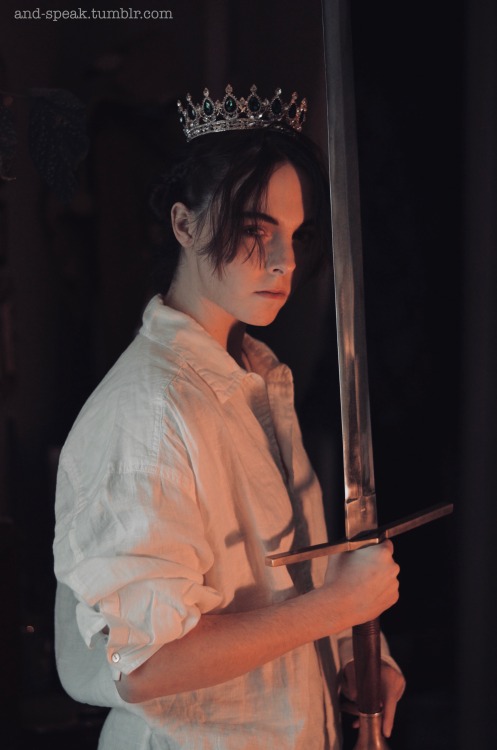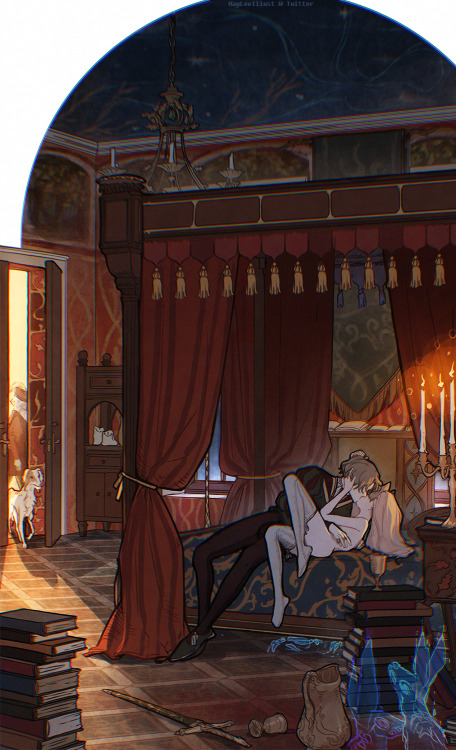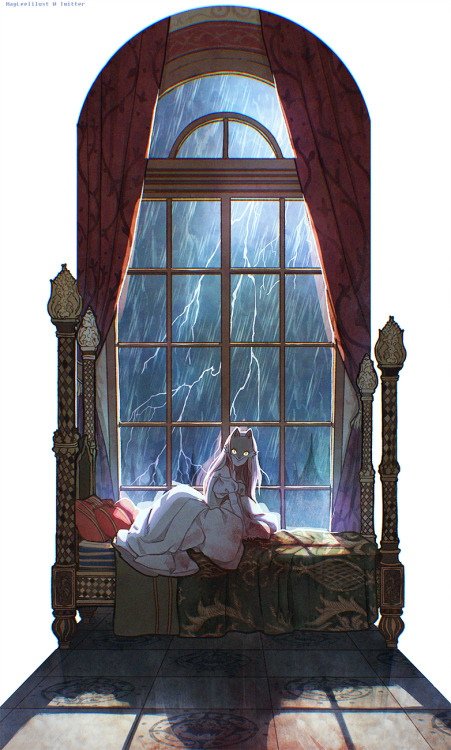#castlecore









Beauty and the Beast: After the Beast
“I am always surprised to discover that when the world seems darkest, there exists the greatest opportunity for light.”
- from A Curse So Dark and Lonely by Brigid Kemmerer (2019)
Heaven
When I die, my heaven will be that of endless shelves of different books, old and new,written by angels, demons and humans alike. It will be that of libraries with soft cushions and a rocking chair by the fireplace. With a long table by the tall window, staring at the view ahead of the hill.
When I die, my heaven will be that of sighing softly while seasons change. While camellias bloom and small animals start to come out of their shelter, hot days that give no choice but to swim in the lake close to the castle, leaves start falling and the shades of brown and hazel start to settle in, and when sitting by the fireplace with a hot cup of tea in hand as a mattress of white covers all grounds.
When I die, my heaven will be that of walking barefoot inside the walls of the castle and on the soft grass. It will be that of finding solace from books, nature and its enchanting being.








Feel like pure shite, just want a movie where the castles are decorated properly









Casa Loma details.
Sparkly sapphic vampires
✨Daughters of Darkness (1971)

Ah! cruel ones, leave me alone now
While I murmur a little and ponder
The history here in the stone now;
Then away and away I will wander,
And measure the minds of the flowers,
And gaze on the meadow-mice wary,
And number their days and their hours–
From The Fairy Pendant by Yeats
✨10% of every sale of this belt goes to the National Network of Abortion Funds✨

Morning coffee view
Inspired by mewseille on Twitter! The initial idea of using curtain partitions didn’t work from my viewpoint so I created double waterfalls inbetween the arches instead
they/them
pov you’ve interrupted the prince’s dramatic monologue : P
[image description: two photos of op from the waist up with a dark background. op is a white person with brown hair worn up with short fringe in the front. they are wearing a white linen collared shirt and a gold crown with green gems in it, and hold a longsword before them. end image description.]
Post link
Quali-tea! 『Part 01』
To begin, a lot of people enjoy drinking tea, but have no clue how to bring out the best qualities of each kind. Most just assume they need to “dump boiling water over the leaves and wait for a couple minutes”.
But that’s…not going to give you a very good tea.
So today, I’m going to teach you the basics of tea brewing 101!
I’ll probably make more posts in this series at a later date too.
✧•✧✧•✧✧•✧✧•✧✧•✧✧•✧✧•✧
The first step is to get your hands on some fresh tea leaves. But the question is what kind is right for you?
There are a lot of kinds to choose from, with six groups that tea leaves are generally separated into and many branches extending from each group.
The six main types are white, green, yellow, blue (also called oolong), black, and dark tea. Aside from that, there are also herbal infusions (or tisanes) made from fruit, flowers, or other herbs, but that don’t have any actual tea leaves in them.
But we’ll save infusions for another time, because right now is all about actual tea!
Now, you might already feel overwhelmed by the amount of choices, but fear not! It’s really not as complicated as it originally appears to be.
There are several key components into what makes each group special, be it their flavor profile, what nutrients they give, their oxidation levels, and even their common fragrances. Some basic information about each of the six groups are listed below!
✧•✧✧•✧✧•✧✧•✧✧•✧✧•✧✧•✧
White Tea
Most kinds of white tea are made by simply harvesting the leaves and withering them without the use of heat. It has tons of antioxidants, similar to the fresh leaves before the tea making process.
They usually have a sweeter, fruity, or floral scent, making them a great choice if you are hosting a tea party or enjoying a spa day. For taste, white teas are normally more subtle and sweet.
My personal favorite out of the various white teas is called White Peony, which has a mild, floral taste to it and is a relatively delicate tea, perfect for a cool spring day!
• • • • •
Green Tea
Green tea is one of the first things that come to mind for many when they think of tea. It’s no wonder too, since it’s one of the most popular types in the world! To make green tea, the leaves are harvested and allowed to wither for a shorter period of time before they are heated. The heat aspect prevents any oxidation from occurring. Then the leaves are rolled and pressed out to deepen their flavor.
Green tea, when brewed correctly is aromatic and has a deep, yet smooth taste ranging from smoky to grassy depending on what rolling and pressing method was used. However, it should never be bitter or astringent. Green teas pair well with sweeter and cold foods.
My favorite kind of tea from this category is Dragonwell. It has a pleasantly welcoming, almost grassy scent that I find deeply soothing during thunderstorms and late summer evenings.
• • • • •
Yellow Tea
There’s really only one key difference between the process of making green tea versus yellow tea, and that’s that yellow tea undergoes something called wrapping. This causes non-enzymatic oxidation and give the tea a yellow or golden color! However, this tea is rare and typically difficult to find. As such, it is more expensive to get high-quality tea leaves.
Although yellow tea isn’t very well known, it has a beautiful, mellow scent with herbaceous or floral undertones. The taste is usually sweeter and more floral.
Due to its exclusivity, I have yet to get my hands on and personally try yellow tea (it’s definitely on my bucket list, though!)
• • • • •
Blue Tea
Blue or oolong teas have more oxidation than green teas, but less than black teas. This also makes oolong have a color in between that of the other two kinds of tea since oxidation plays a huge role in how dark the tea appears to be. To make blue tea, the leaves are lightly bruised before being heated. This way, more oxidation is formed in the tea leaves.
Oolong teas are normally more of a rich floral or vegetal flavor with a buttery texture and a lighter body. The aroma is often sweet, if not a bit fruity. It’s a great tea to have in the summer on a hot day!
I prefer a balled oolong, since it’s a solid medium within the scale of oxidation that blue teas can come in. My favorite way to drink oolong is with milk and brown sugar!
• • • • •
Black Tea
Black tea is the current most popular kind in the world. This is the other type most people will think of when tea is mentioned. It is harvested and withered for a long period of time before being dried. However, it isn’t heated since that would halt the oxidation process. Black tea is also usually cut or rolled to help with the method of fully oxidizing the tea.
Fully oxidized tea is less bitter and more sweet. Its flavor profile changes drastically depending on what specific process is used, as the means of making black tea is often unique to each region it originates from. It can range from smoky to citrusy to nutty and even earthy!
My preferred black tea, hands down, has to be assam black. It has a deep, malty flavor with a delicious, pumpkin-like scent. It’s also an excellent tea for beginners to try their hand at brewing!
• • • • •
Dark Tea
Last but not least, is dark tea! Contrary to the names, dark tea is a lot closer to green tea than it is to black tea. This has to do with the process of how it’s made. After going through the green tea process, dark tea is then aged and fermented.
Dark tea has an earthy scent, but its taste is distinctly sweet and floral. It comes from the Hunan Province of China.
There seems to be some discourse over whether Pu-erh tea is truly a type of dark tea or not. According to what I’ve researched in the past, some people say it is, because it’s made using the green tea process and undergoes fermentation through aging (same as any dark tea), but others disagree, stating that it comes from Yunnan instead of Hunan and that it is fermented for far longer than other kinds of dark tea. Personally, I’m in the camp that Pu-erh, due to the process of creating the tea, is indeed a dark tea, but that’s just my opinion.











